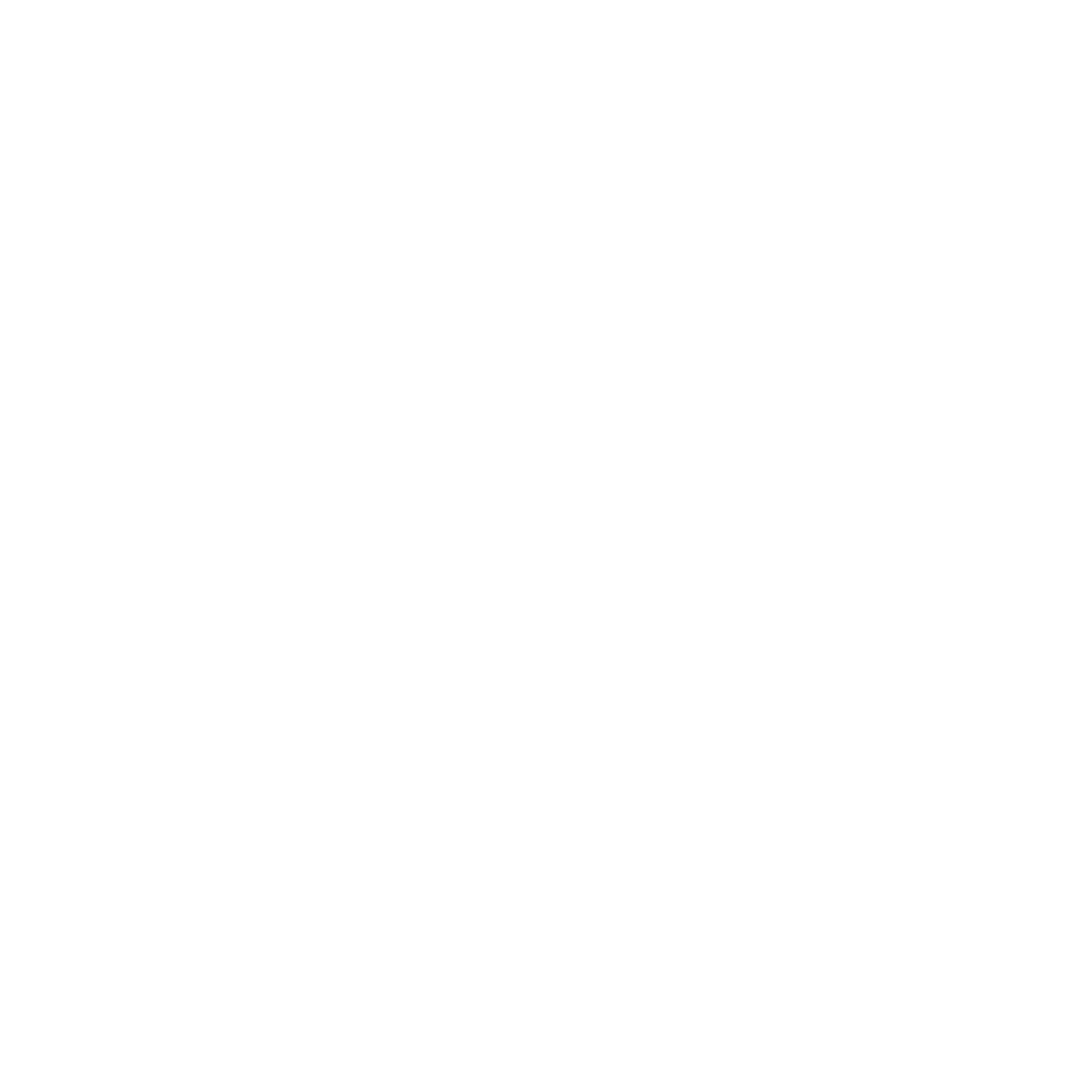
Impact and dissemination are considerations when choosing a publication outlet. This may mean different things and have different weightings depending on your discipline.
As a signatory to the San Francisco Declaration on Research Assessment (DORA), the University of Melbourne is committed to the appropriate use of research metrics. DORA recommends using a broader definition of research impact to capture work that that leads to policy change, guides clinical practice, results in new software, demonstrates value of interdisciplinary research, or produces datasets for other researchers.
When it comes to choosing where to publish, a responsible approach to metrics would mean:
For more on the responsible use of metrics, see the Leiden Manifesto for Research Metrics and James Wilsdon's The Metric Tide (2015).
There are a broad range of metrics designed to measure the academic impact of journals and publishers. These are produced by different companies, publishers, or organisations, and use different measures and algorithms to quantify impact.
It is important to remember that impact metrics are not reliable reflections of venue quality and integrity, and may be open to manipulation through questionable practices such as self-citation. The significance of different metrics are also not comparable across disciplines.
Some of the most common impact metrics include:
See the Tools for decision making page for more information on these and other journal or publisher evaluation tools.
For more information, visit the following resources: